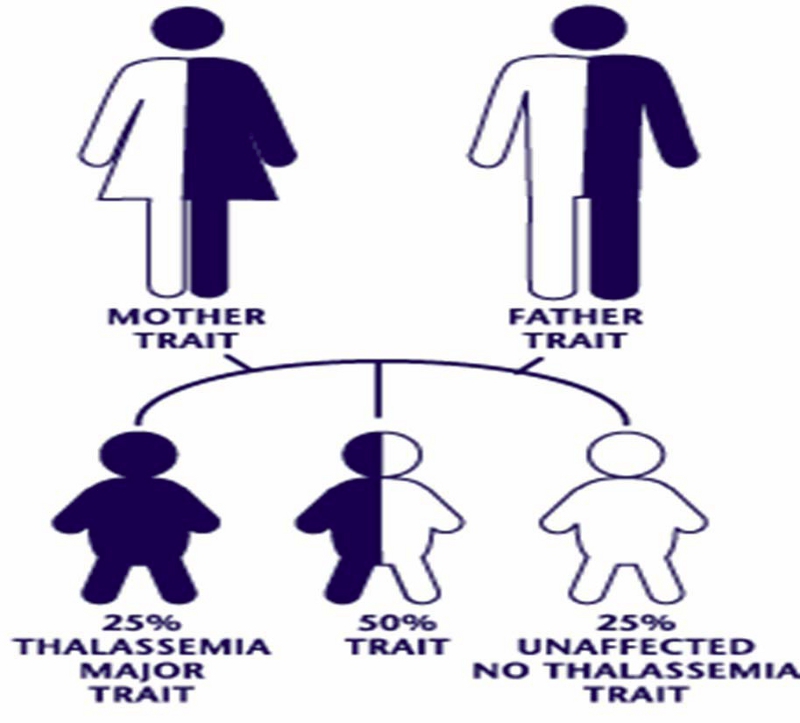Thalassemia can be related to one of the types of Mendelian disorder in humans and it is an inherited blood disorder characterized by fewer red blood cells and less hemoglobin in the body than normal. Hemoglobin is the substance in the human red blood cells which allows them to transport oxygen around the body. The fewer red blood cells and low hemoglobin of thalassemia usually cause anemia, leaving body fatigued.
If mild thalassemia is present in the body, it may not need treatment. But if there a more severe form of the disorder, it may require regular blood transfusions. And there some guides that can also be taken so as to cope with the fatigue, such as choosing a healthy diet and exercising regularly.
In this thalassemia, there are symptoms which it displays in the body such as Fatigue, Weakness, Pale or yellowish skin, Facial bone deformities, Slow growth, Abdominal swelling, Dark urine
Several kinds of thalassemia exist, including alpha-thalassemia, thalassemia intermedia, and Cooley anemia. The signs and symptoms which each this thalassemia displays depend on the type and severity of the body condition. Sometimes in babies, the signs and symptoms of thalassemia are shown at birth, while others may develop them during the first two years of life. Some people who have only one affected hemoglobin gene do not experience any thalassemia symptoms.

Types of thalassemia
There are different two types of thalassemia which do manifest in human being, they are Alpha and Thalassemia minor, the occurrence of each of these thalassemia depends on the number of gene mutations taken from parents and which side of the hemoglobin molecule is affected by the mutations. Which means, the more mutated genes, the more severe thalassemia will be? The hemoglobin molecules are made of alpha and beta parts that can be affected by mutations.
This Thalassemia is passed from parents to children through mutated hemoglobin genes. That’s If there is a record of thalassemia in the history of a family, there is a probability of been inherited.
Research has shown that thalassemia does occur mostly in African-Americans and among people of Mediterranean and Southeast Asian ancestry.
One thing that is important to note is that thalassemia can not be prevented, If it is in the blood, or if there is a present of a thalassemia gene, and best is to consult a genetic counselor for guidance for adequate or a suggested solution.